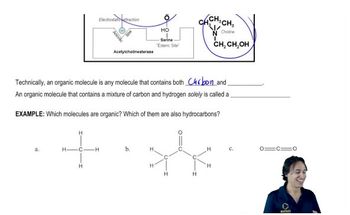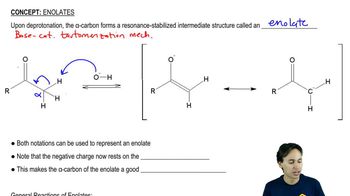Textbook Question
Give the oxidation state of the palladium in each of the following forms.
(b) AcO―Pd―OAc

 Verified step by step guidance
Verified step by step guidance Verified video answer for a similar problem:
Verified video answer for a similar problem:



 6:02m
6:02mMaster General Features of Redox with a bite sized video explanation from Johnny
Start learning